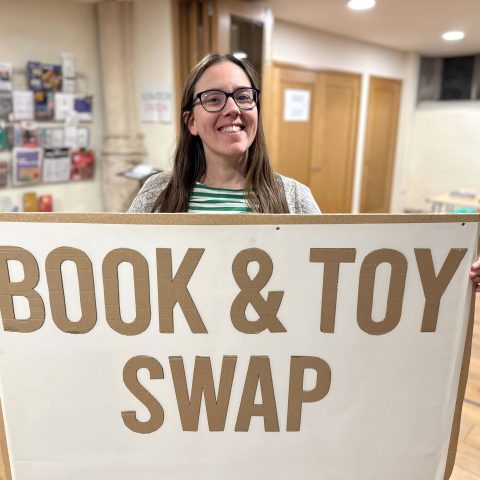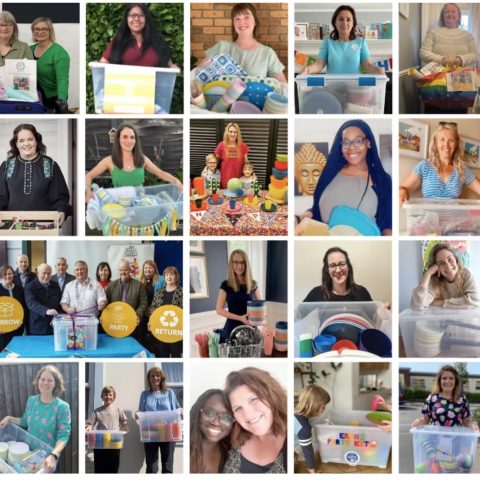Veja's story
Will the future of fashion be reduce, reuse, and repair? Veja believes that helping customers extend the life of their shoes is a critical way to reduce the brand’s overall environmental footprint. And more broadly, the brand hopes to make repairs cool!
The footwear company was founded in 2005 with the aim of manufacturing socially and environmentally conscious trainers. As a result, Veja’s business practices are radically different from the rest of the industry. For example, instead of buying raw materials on the commodity market, which often short-changes workers, the company works directly with farmers to pay fair prices and support better practices.
Once the company had their upstream supply chain in place, they began to think about the environmental impact after customers buy the shoes – and soon discovered that many of their trainers were being disposed of unnecessarily. In the words of cofounder Sébastian Kopp, “The shoes had a lot more life in them. But most people don’t have access to a cobbler who’s trained in repairing sneakers. And the most sustainable thing you can do is wear the sneakers you already own.”
The new Veja store in London’s Covent Garden is a testament to their mission of encouraging customers to keep their trainers for longer, by incentivising them to opt for repairs over new products. Within the store where you can buy new is a repair workshop, where specialist cobblers give customers’ existing well-loved shoes a new lease of life.
The idea has proven to be very popular. Since opening their first repair workshop four years ago, over 22,000 shoes have been repaired in all their stores. And the pace is picking up, with around 10,000 shoe repairs in the last year!
Useful learnings from Veja
By presenting repair as a practical, affordable and convenient in-store alternative, Veja is steering customers away from the traditional linear consumption model and towards a more circular approach to fashion consumption where less stuff is thrown away.
Traditional cobblers know how to repair leather shoes, but they haven’t learned how to deal with the materials in sneakers, especially rubber. Learning and applying these different footwear repairing skills opens up a big future opportunity for companies in this industry to meet customers’ demand for keeping their favourite shoes for longer.
Currently, investing in repair shops goes against the grain of the fashion industry. Today, ultra-fast-fashion brands like Shein and Temu dominate; however, they make clothes and shoes of such cheap materials that they don’t last and are often impossible to repair. The popularity of Veja’s cobbler shops has the potential to signal to other brands that customers are looking for something more: for much-loved products that are durable and repairable.
Veja's cobbler store metrics
Numbers of shoes repaired and customer's feedback.






